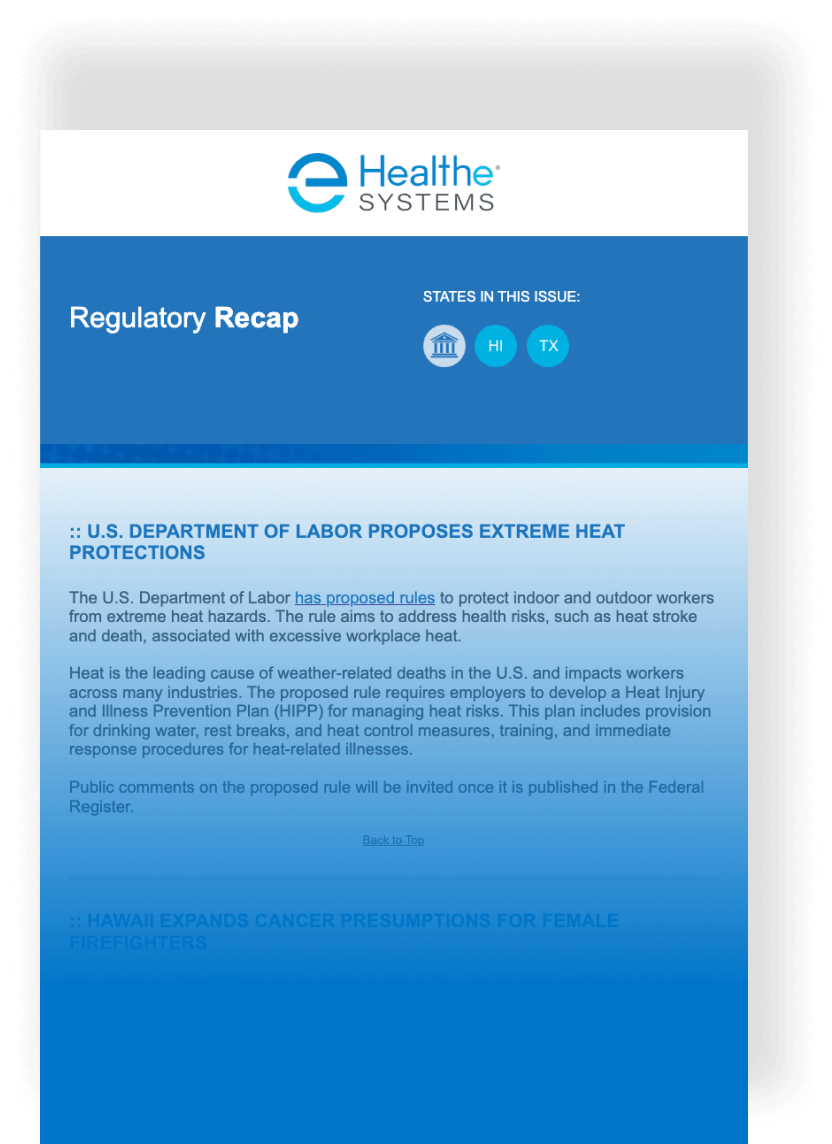The Workers Compensation Research Institute (WCRI) published the 2025 edition of their CompScope Medical Benchmarks, examining trends in payments, prices, and the utilization of medical care across 18 states from 2018-2023, with data through March 2024, accounting for 60% of workers’ comp benefits nationwide.
A total of 13 reports were published for the 18 states, each exploring trends within their own states, as well as an overview of how recent system changes, shifts in the composition of workers’ compensation claims, and external factors—such as the economy, inflation, and medical care—have likely affected medical payments and treatment since 2018.
The insight gained from reports like these help to support informed decision-making when considering workers’ compensation policy changes. Overall, the CompScope Medical Benchmarks studies found that most states saw 5%–14% increases in medical payments per workers’ comp claim, while costs remained flat in five states.
Key highlights are as follows.
California experienced stable medical payments since 2018, but a 5% increase was reported in 2023/2024 due to growth in nonhospital services (evaluation & management, physical medicine). However, California had the lowest average prescription payment ($292) due to fewer prescriptions and lower costs per-prescription.
Delaware saw 7% annual growth in medical payments from 2021–2023, driven by fee schedule-related price hikes in professional and hospital outpatient services. Prescription costs rose in 2023 due to increased use of dermatological agents and antidepressants.
Michigan medical payments rose 7% annually (2021/2022–2023/2024) after prior declines, with growth linked to fee schedule updates. Prescription payments were 19% above the median, with a higher percentage of claims involving prescriptions.
Minnesota medical payments increased 9% in 2022 and 6% in 2023, after three years of decline. This was tied to growth in professional, facility and inpatient service prices. Prescription payments ($304) were 44% below the median, despite typical prescription volume.
Pennsylvania medical payments per claim rose 14% in 2023 after years of decline, driven in part by larger annual fee schedule updates. Prescription payments averaged $3,104, the highest among study states, with a typical share of claims involving prescriptions.
Wisconsin medical payments experienced 6% annual growth (2021–2023). Wisconsin had the highest payments per claim among study states due to high service prices. Recently enacted legislation will introduce a hospital fee schedule, but there is no professional fee schedule yet.







